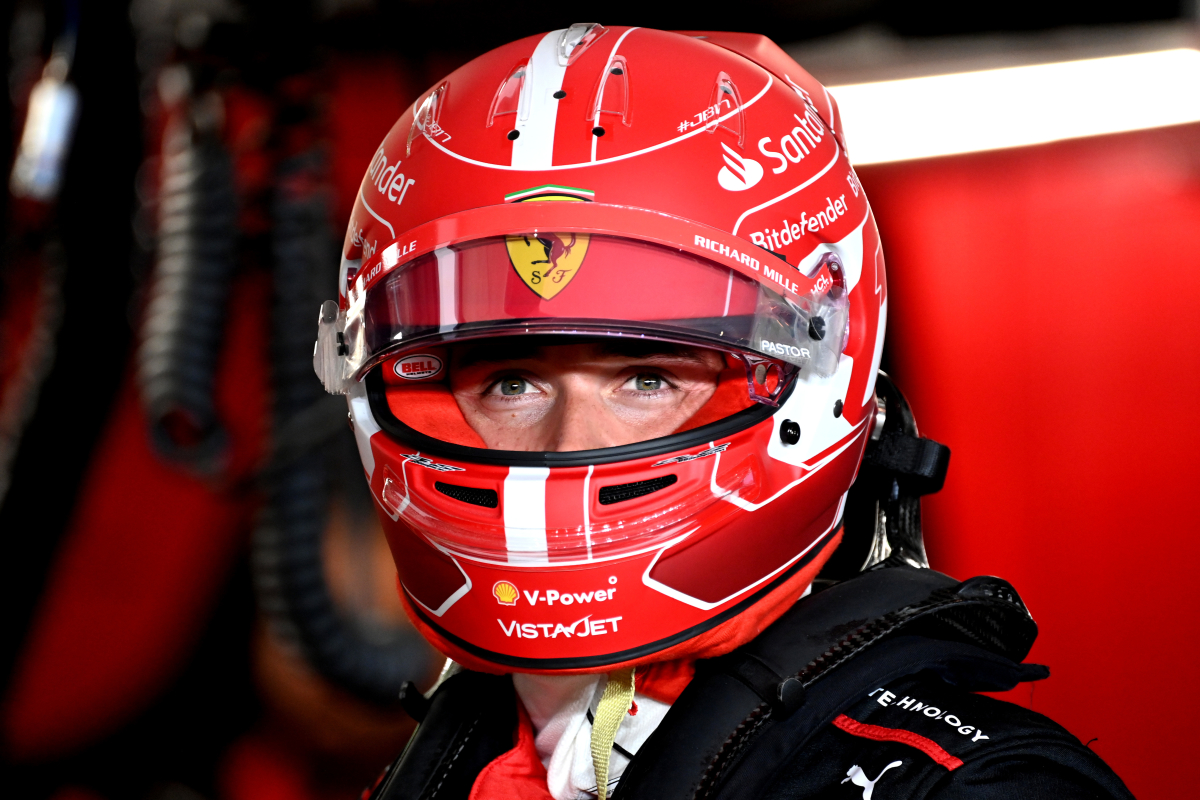
Latest News

F1 Social
'He's behind you!': F1 panto kicks off with Bottas 'return' at Qatar GP
- Yesterday 22:51

Qatar Grand Prix
Max Verstappen hits out at 'idiot' F1 rival after Qatar GP incident
- Yesterday 21:56

Max Verstappen
Christian Horner in talks with Max Verstappen ‘every weekend’
- Yesterday 21:22

Max Verstappen
Max Verstappen will leave F1 if rule change ‘isn’t fun'
- Yesterday 20:58

Black Friday
Puma Black Friday: Lewis Hamilton Ferrari F1 kit could be YOURS today
- Yesterday 20:24

Qatar Grand Prix
Lewis Hamilton just delivered his most fed up interview ever
- Yesterday 20:04
Most read

75.000+ views
'FIA discover illegal trick being used by multiple F1 teams'
- 19 november

50.000+ views
FIA announce late penalty verdict at Las Vegas Grand Prix
- 22 november

50.000+ views
F1 Qualifying Results: Las Vegas Grand Prix times and grid positions
- 22 november

30.000+ views
FIA announce late Lewis Hamilton promotion at Las Vegas Grand Prix
- 23 november

30.000+ views
FIA announce LATE demotion for Max Verstappen at Brazilian Grand Prix
- 9 november

30.000+ views
F1 Brazilian Grand Prix 2025 results: Final classification with penalties applied
- 9 november

































 Grand Prix of Australia 2025
Grand Prix of Australia 2025  Grand Prix of China 2025
Grand Prix of China 2025  Grand Prix of Japan 2025
Grand Prix of Japan 2025  Grand Prix of Bahrain 2025
Grand Prix of Bahrain 2025  Saudi Arabian Grand Prix 2025
Saudi Arabian Grand Prix 2025  Grand Prix De Monaco 2025
Grand Prix De Monaco 2025  Gran Premio de España 2025
Gran Premio de España 2025  Grand Prix du Canada 2025
Grand Prix du Canada 2025  Grand Prix of Austria 2025
Grand Prix of Austria 2025  Grand Prix of Belgium 2025
Grand Prix of Belgium 2025  Grand Prix of Hungary 2025
Grand Prix of Hungary 2025  Grand Prix of Azerbaijan 2025
Grand Prix of Azerbaijan 2025  Grand Prix of Singapore 2025
Grand Prix of Singapore 2025  Gran Premio de la Ciudad de Mexico 2025
Gran Premio de la Ciudad de Mexico 2025  Grande Prêmio de São Paulo 2025
Grande Prêmio de São Paulo 2025  Qatar Grand Prix 2025
Qatar Grand Prix 2025  Grand Prix of Abu Dhabi 2025
Grand Prix of Abu Dhabi 2025 